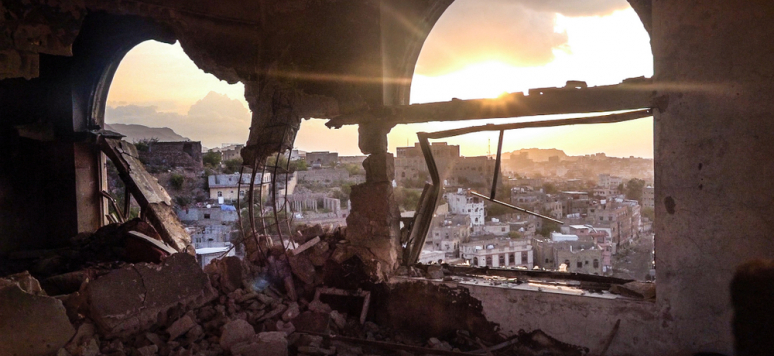Focus Stratégique - The Future of Urban Warfare in the Age of Megacities Focus stratégique, No. 88, March 2019

Urbanization is a relentless trend, and as cities grow and expand, armed conflict and violence are urbanizing as well.
In recent years, cities like Aleppo, Sana’a, and Mosul have suffered siege warfare, aerial and artillery bombardments, and heavy street fighting. Major cities across Europe and Africa are being targeted by terrorist groups and “lone wolf attackers” inspired by ISIS. Even traditionally rural insurgents such as the Taliban and PKK are shifting to cities. In Latin America, where urban violence is fueled by organized crime and transnational drug trafficking, cities in Mexico and Brazil have some of the highest homicide rates in the world. This study traces the drivers behind this rise in urban violence and warfare, assesses the complex challenges military forces face in cities, and analyzes the key demographic, technological, and political developments that have shaped military operations in cities in the 21st century, and will likely characterize future urban conflicts.
